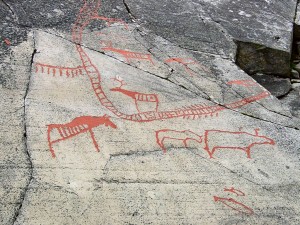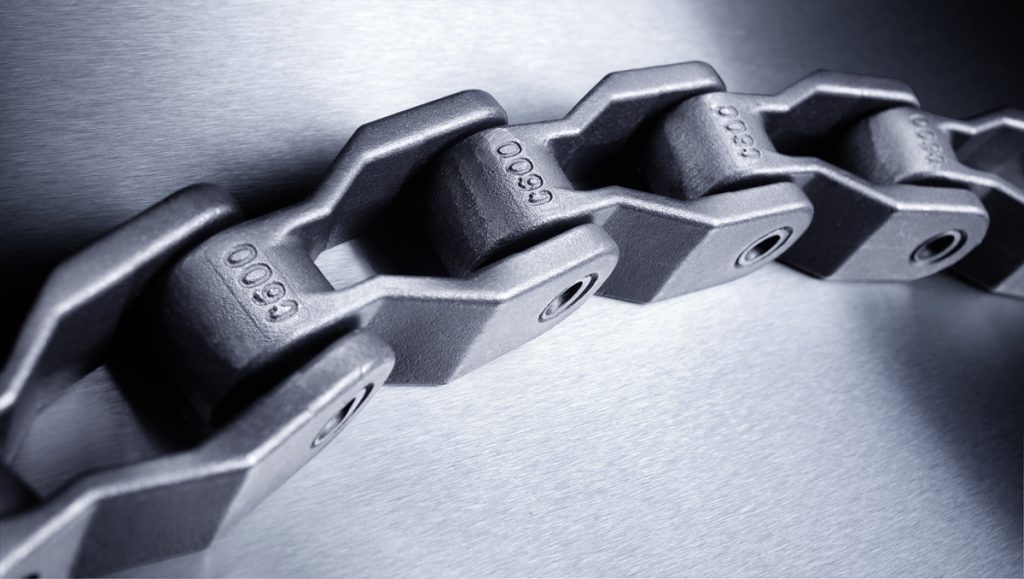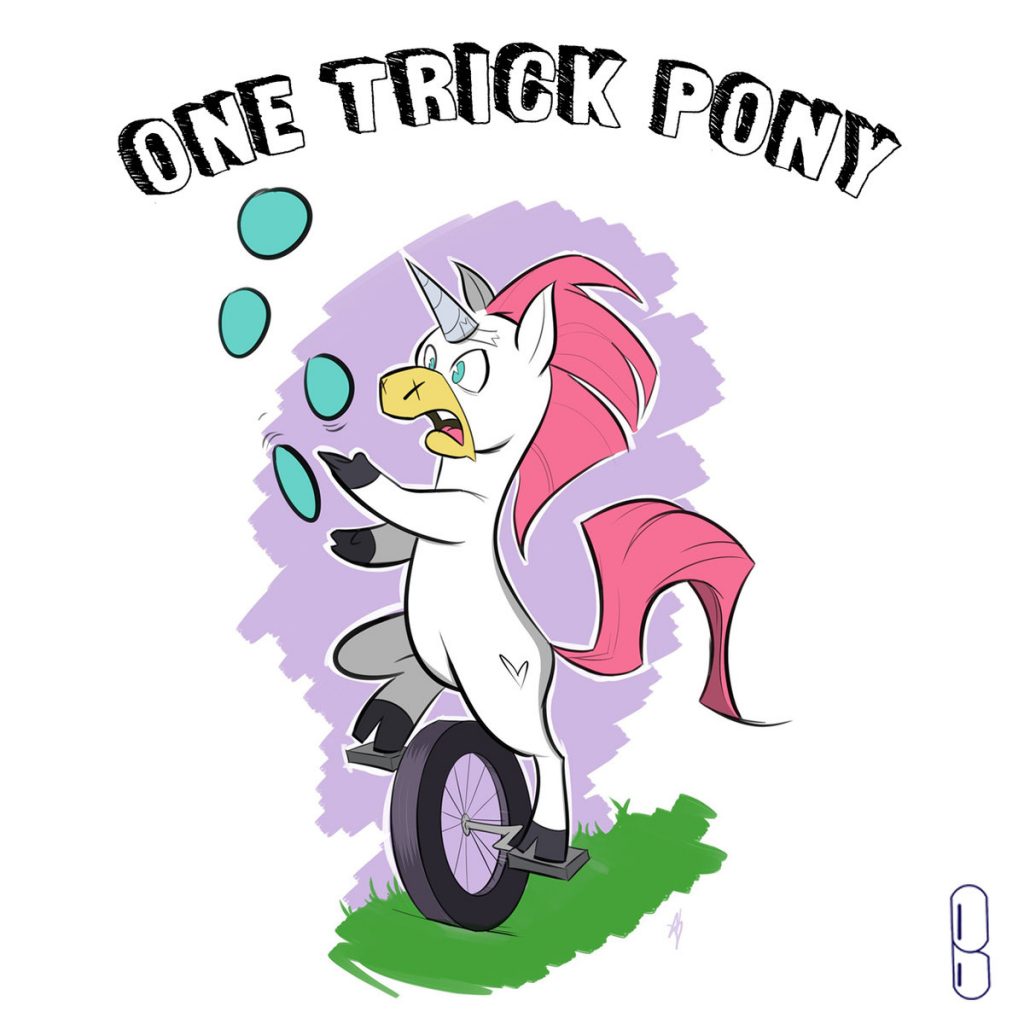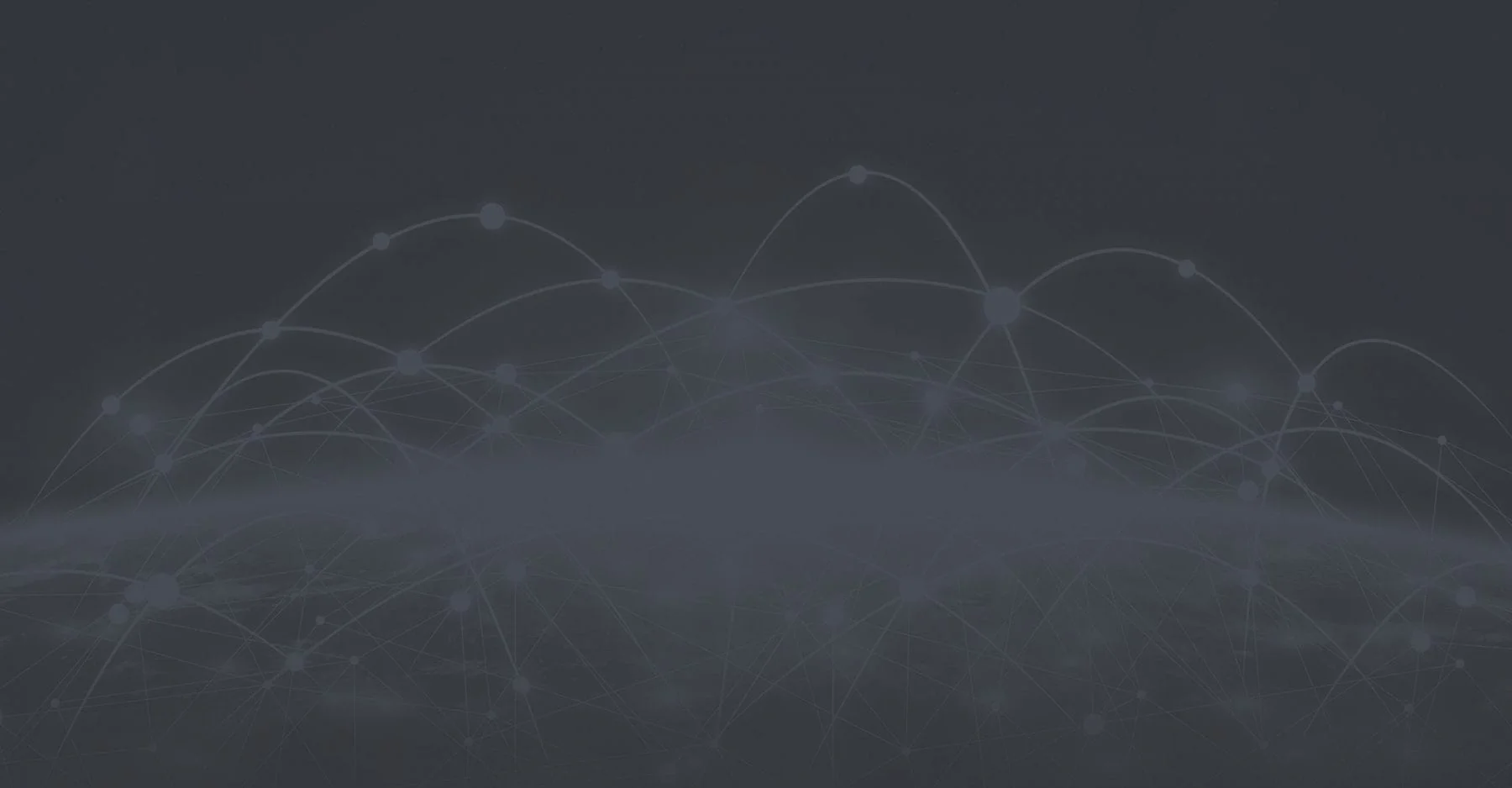01 يونيو 5 حقائق مرحة حول كابلات الألياف البصرية

Fiber optic cables are a type of cable that use glass or plastic fibers to transmit data. Here are some interesting facts about fiber optic cables:
Speed: Fiber optic cables are capable of transmitting data at much faster speeds than traditional copper cables. This makes them ideal for high-bandwidth applications such as video streaming and online gaming.
Distance: Fiber optic cables can transmit data over much longer distances than traditional copper cables. This makes them ideal for use in long-distance communication applications, such as undersea cable systems.
Bandwidth: Fiber optic cables have a much higher bandwidth than traditional copper cables, which makes them capable of transmitting more data at once. This is what makes them ideal for high-speed internet and data transfer.
Immunity to EMI: Fiber optic cables are immune to electromagnetic interference (EMI) which makes them ideal for use in environments with high levels of EMI such as industrial plants, power stations, and other facilities.
Security: Fiber optic cables are harder to tap into or intercept than traditional copper cables, which makes them more secure. This makes them ideal for use in applications where data security is a concern, such as government and military communications.
Cost: The cost of fiber optic cables has been significantly reduced over the years, making them more accessible to a wider range of customers.
Versatility: Fiber optic cables can be used in a variety of applications, including telecommunications, internet service providers, data centers, medical equipment, and industrial automation.
Overall, fiber optic cables are a versatile and efficient technology that have many benefits over traditional copper cables. They are more durable, faster, and can transmit data over longer distances. Additionally, they are more secure, environmentally friendly and cost-effective.
We are just starting. Below are 5 less known fan facts about the fiber optic cables
1 – Fiber optics has longer history than you think
fan facts about the fiber optic cables

Though fiber cabling debuted in the 1950s, the technology for fiber optics dates back long before the 20th century. As far back as the Roman Empire, glass has been drawn into fibers. The first optical telex was invented by the French brothers Chappe in the 1790’s. In the 1840s two physicists demonstrated that light could be bent by jets of water in fountain displays. Date In 1854 a British physicist used a stream of water to prove that light could be bent. After that Alexander Graham Bell invented a photophone fiber optical telephone device in 1880.
2. Fiber cables are not fragile as much as you think.
fan facts about the fiber optic cables

Fiber optic cables are made of glass or plastic, which makes them much more durable than traditional copper cables. They are resistant to corrosion, water damage, and temperature changes, which makes them ideal for use in harsh environments.
Some aspects of working with glass fibre do require more care, but fiber optic cables are designed to withstand some of the most rugged installations. In fact, the military often depends on fiber cable to keep communication open in the toughest conditions. For a quick comparison, fiber optic cable can be rated to withstand more than 200 pounds of pulling tension (depending on construction); while Category rated Ethernet cables are limited to approximately 25 pounds (per TIA/EIA-568A standards).
3. THEY support wireless networks too

Telecommunications companies rely heavily on Optics to carry wireless phone and data signals from towers back to the central network. Fiber is their top choice because of its great bandwidth, low attenuation and extreme distance capabilities.
4. a green technology.

Environmentally friendly: Fiber optic cables have a smaller environmental footprint than traditional copper cables, as they are made of glass or plastic and are more energy-efficient.
We can all do our part and fiber optic cables are no different. The amount of energy it takes to send a flash of light across a fiber optic cable is significantly less than that required to send electrical signals. Less energy means less carbon output, lower emissions and greener operations.
5. Fiber cabling is not a one-trick-pony.

They are not limited to voice, video and data transmission. They are now used in many areas including:
·Hydrophones (Seismic & SONAR)
Imaging optics
Digital Signage
Spectroscopy – the study of the interaction between matter and electromagnetic radiation
الخاتمة

If you are looking to get into a serious high speed internet package that will be able to deliver the best gaming, streaming, and surfing experience possible, look into what an upgrade to fiber cables can do for you. Especially if you live in a very technologically savvy home with a lot of people sharing the signal.
How to Blow Fiber Optic Cable: A Comprehensive Fiber Jetting Guide
Table of Contents Introduction to fiber optic cable blowing Required Equipment and Tools Understanding Fiber Blowing Machines and Their Components Preparing for the Fiber Blowing Process Safety Precau…
لا تعليق 0 إعجاباتالألياف الضوئية
ما هي الألياف الضوئية؟ اعتدنا على مفهوم نقل المعرفة بطرق عديدة. ينقل الكابل السلكي الأصوات من كلامنا إلى مقبس على الحائط ويتحمله كابل آخر...
لا تعليق 8 إعجاباتتقنيات تركيب FTTH تقنيات تركيب FTTH
تقنيات تركيب شبكة الألياف الضوئية FTTH جدول المحتويات نهج مبتكر لتقنيات تركيب شبكة الألياف الضوئية FTTH...1 مشاركة البنية التحتية...2 مشاركة القنوات في فرنسا...2.1 أنابيب الصرف الصحي...2.2 أنابيب الصرف الصحي...2.2 أنابيب الصرف الصحي...2.2 أنابيب الصرف الصحي...
لا تعليق 1 مثلما هو كابل MPO
MPO Cables: A Comprehensive Guide to High-Density Fiber Optic Connectivity What is MPO Cable? Executive summary Push On (MPO) Multi-fiber Connectors – Fiber connectors consisting of several opti…
لا تعليق 1 مثلمقصورة خارجية IP55
لقد اكتشفنا أنه لا توجد معلومات كافية حول الخزانة الخارجية مقاس 19 بوصة IP55، وبالتالي سنقوم بالتحقيق في ذلك. إذا كنت تقرأ هذا المقال، فأنت على الأرجح تخطط على الأرجح لإجراء عملية شراء...
لا تعليق 2 إعجاباتWhat is fiber optic cable
Fiber optic cables are an innovative communication medium that transmit data using light instead of electrical signals. Designed for efficiency and speed, these cables leverage thin strands of glass o…
لا تعليق 3 Likesخزانة Rack 19″
ما هي خزانة Rack القائمة بذاتها مقاس 19 بوصة؟ توفر خزانات rack القائمة بذاتها مقاس 19 بوصة حلاً قويًا وفعالاً من حيث التكلفة. تركيب أو توصيل وحدة PDU في كل من الجزء الأمامي والخلفي من الخزانة. T...
لا تعليق 0 إعجاباتما هي تكلفة تركيب كابلات الألياف البصرية؟
On average, fiber optic cable installation cost $1 to $6 per 30cm depending on the fiber count. It’s very difficult to estimate an exact price for an entire building to be wired, however an exam…
لا تعليق 4 إعجاباتلائحة منتجات البناء (CPR) للكابلات (CPR)
أصبح CPR للكابلات (لائحة منتجات البناء) للكابلات شرطًا قانونيًا في يوليو 2017. إن CPR لكابلات الألياف الضوئية ذات الاستخدام المخصص للتركيب الدائم في المباني وكابلات الألياف الضوئية...
لا تعليق 0 إعجابات5 حقائق مرحة حول كابلات الألياف البصرية
كابلات الألياف البصرية هي نوع من الكابلات التي تستخدم الألياف الزجاجية أو البلاستيكية لنقل البيانات. إليك بعض الحقائق المثيرة للاهتمام حول كابلات الألياف البصرية: السرعة: كابلات الألياف الضوئية قادرة على نقل البيانات...
لا تعليق 4 إعجابات










